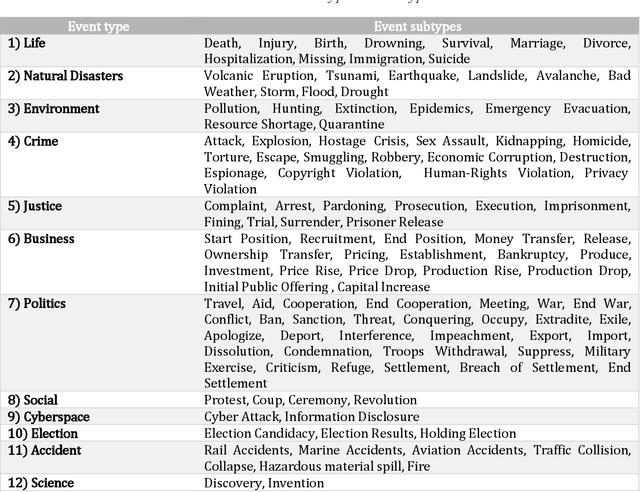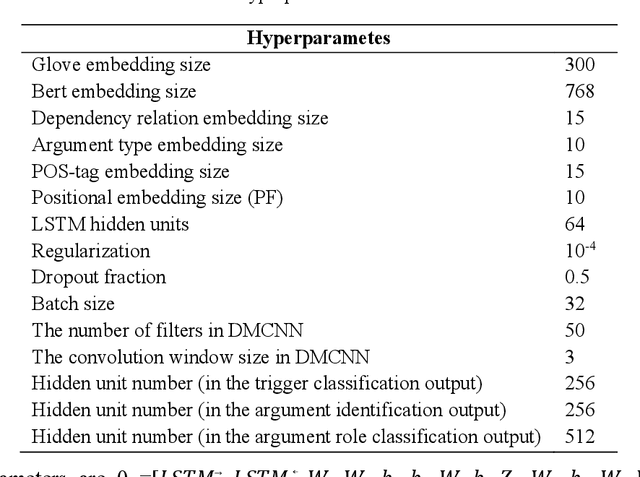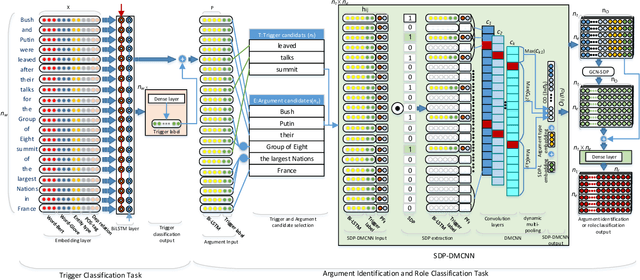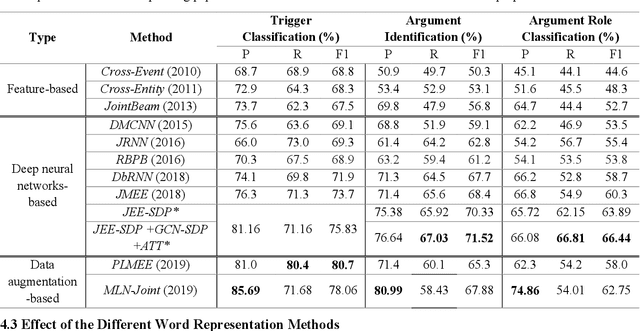Ali Balali
COfEE: A Comprehensive Ontology for Event Extraction from text, with an online annotation tool
Aug 01, 2021



Abstract:Data is published on the web over time in great volumes, but majority of the data is unstructured, making it hard to understand and difficult to interpret. Information Extraction (IE) methods extract structured information from unstructured data. One of the challenging IE tasks is Event Extraction (EE) which seeks to derive information about specific incidents and their actors from the text. EE is useful in many domains such as building a knowledge base, information retrieval, summarization and online monitoring systems. In the past decades, some event ontologies like ACE, CAMEO and ICEWS were developed to define event forms, actors and dimensions of events observed in the text. These event ontologies still have some shortcomings such as covering only a few topics like political events, having inflexible structure in defining argument roles, lack of analytical dimensions, and complexity in choosing event sub-types. To address these concerns, we propose an event ontology, namely COfEE, that incorporates both expert domain knowledge, previous ontologies and a data-driven approach for identifying events from text. COfEE consists of two hierarchy levels (event types and event sub-types) that include new categories relating to environmental issues, cyberspace, criminal activity and natural disasters which need to be monitored instantly. Also, dynamic roles according to each event sub-type are defined to capture various dimensions of events. In a follow-up experiment, the proposed ontology is evaluated on Wikipedia events, and it is shown to be general and comprehensive. Moreover, in order to facilitate the preparation of gold-standard data for event extraction, a language-independent online tool is presented based on COfEE.
Joint Event Extraction along Shortest Dependency Paths using Graph Convolutional Networks
Mar 19, 2020



Abstract:Event extraction (EE) is one of the core information extraction tasks, whose purpose is to automatically identify and extract information about incidents and their actors from texts. This may be beneficial to several domains such as knowledge bases, question answering, information retrieval and summarization tasks, to name a few. The problem of extracting event information from texts is longstanding and usually relies on elaborately designed lexical and syntactic features, which, however, take a large amount of human effort and lack generalization. More recently, deep neural network approaches have been adopted as a means to learn underlying features automatically. However, existing networks do not make full use of syntactic features, which play a fundamental role in capturing very long-range dependencies. Also, most approaches extract each argument of an event separately without considering associations between arguments which ultimately leads to low efficiency, especially in sentences with multiple events. To address the two above-referred problems, we propose a novel joint event extraction framework that aims to extract multiple event triggers and arguments simultaneously by introducing shortest dependency path (SDP) in the dependency graph. We do this by eliminating irrelevant words in the sentence, thus capturing long-range dependencies. Also, an attention-based graph convolutional network is proposed, to carry syntactically related information along the shortest paths between argument candidates that captures and aggregates the latent associations between arguments; a problem that has been overlooked by most of the literature. Our results show a substantial improvement over state-of-the-art methods.
 Add to Chrome
Add to Chrome Add to Firefox
Add to Firefox Add to Edge
Add to Edge